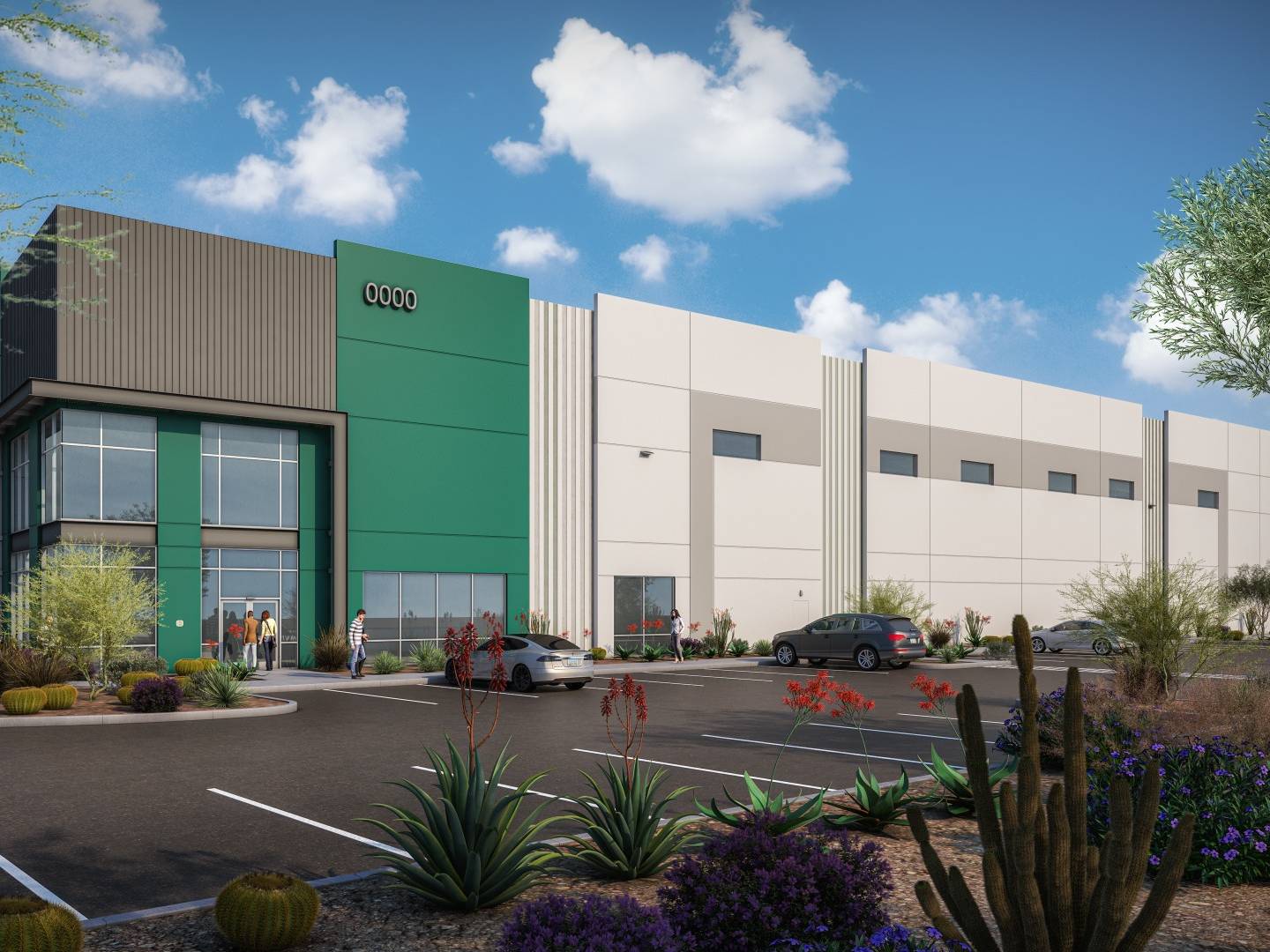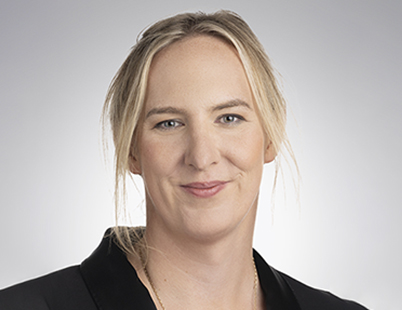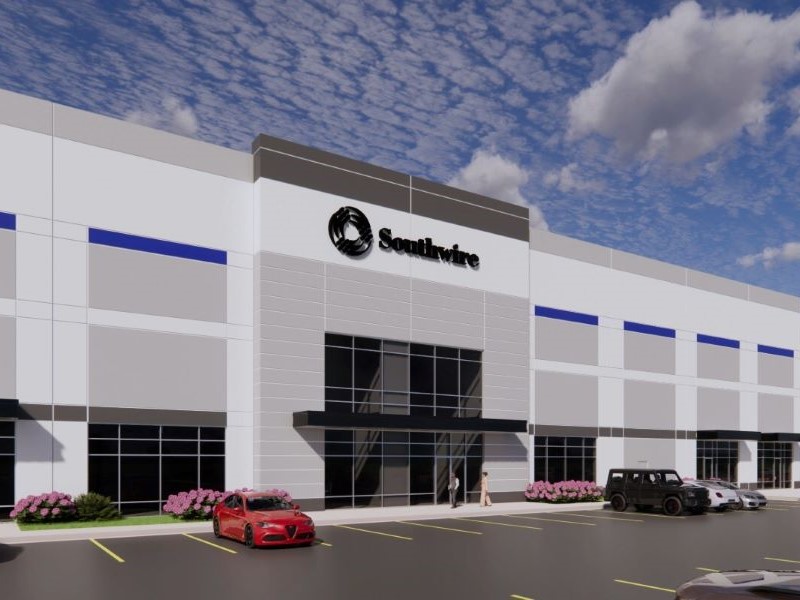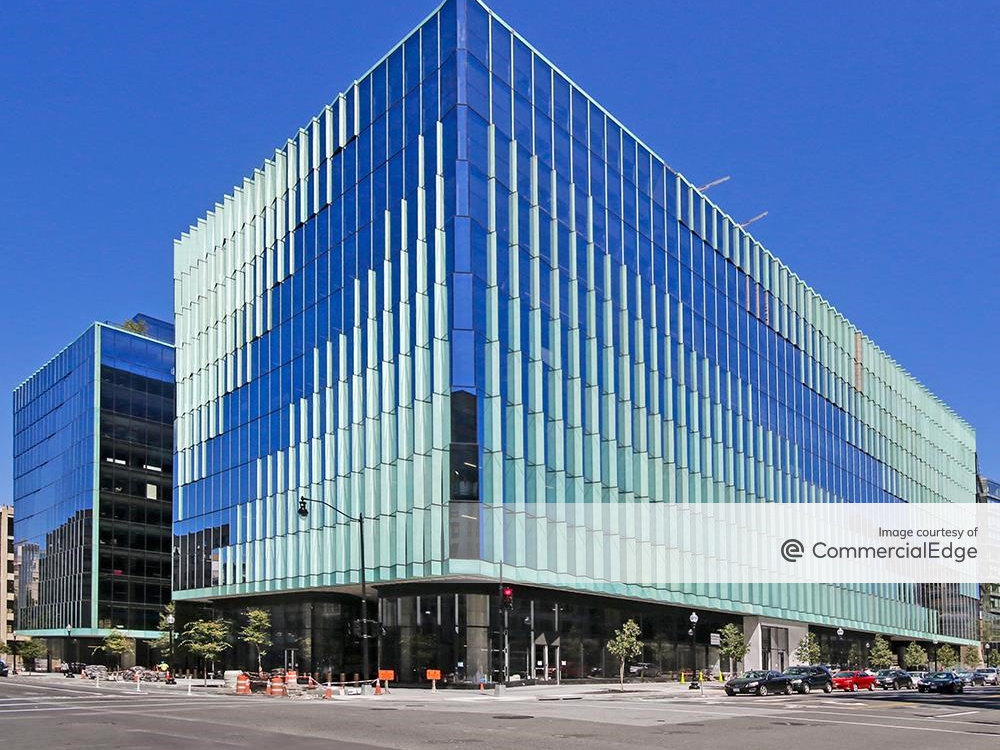Top Considerations for Financing Historic Renovations – Part 1
Brian Rockey of Peoples Bank examines considerations for developers seeking to take on historic renovations.
By Brian Rockey, Vice President and Commercial Loan Officer, Peoples Bank
 Historic building renovations are an important way to preserve a community’s character and old-world charm. Unfortunately, rising real estate costs, especially in the urban core, are making it increasingly difficult for developers to invest the time, resources and energy for these types of projects. Many banks are also cautious about taking on these projects due to heightened complexity and risk. As a banker, one of the most rewarding parts of my job is working with developers on historic renovation projects that can revitalize and enhance a community, or even just a small block of a larger neighborhood.
Historic building renovations are an important way to preserve a community’s character and old-world charm. Unfortunately, rising real estate costs, especially in the urban core, are making it increasingly difficult for developers to invest the time, resources and energy for these types of projects. Many banks are also cautious about taking on these projects due to heightened complexity and risk. As a banker, one of the most rewarding parts of my job is working with developers on historic renovation projects that can revitalize and enhance a community, or even just a small block of a larger neighborhood.
I am originally from Seattle but lived in downtown Chicago for five years, a city full of well-preserved historic buildings. I also lived in Oak Park for another five years, a suburb of Chicago that is an exceptional example of a community that supported economic growth while preserving the history and culture of the community. I moved back to Seattle in 2006. Today, the city is grappling with a growing housing crisis brought on by skyrocketing real estate prices. In areas like South Lake Union, home to Amazon’s expanding urban campus, old “blocky” warehouses are being replaced with dense vertical office and residential buildings. Elsewhere, historic Seattle neighborhoods like Capitol Hill and Pioneer Square are working hard to preserve their distinct character, and Peoples Bank has had the opportunity to finance commercial renovation projects in these communities.
Based on our experience, there are a number of considerations for developers seeking to take on historic renovations. Here are a few that top my list:
Experience redeveloping historic properties. As a banker, the first thing I like to see is that a project’s sponsor has experience successfully redeveloping challenging historic properties from start to finish. This can be demonstrated through a detailed resume including a project list, but I also like to sit down with the sponsor and talk to them about how they managed those projects in the past. It’s important to hear firsthand about how projects came together and were successfully completed.
Personal financial strength. We typically require personal recourse on deals involving historic renovations. This involves documenting the financial strength of the project sponsor including their liquidity, net worth, personal income from all sources, and credit history. This is not too different from the criteria used to evaluate lending for more traditional building projects, but given the inherent complexity and risk involved with historic renovations, we want to have a clear financial picture of the players involved.
Qualified team. Not only must the project sponsor have experience with historical renovations, but it’s also important that they bring a highly qualified team. It’s also important that other third parties involved have related experience. This includes the appraiser, budget consultants, third party inspector, architect, general contractor, engineer, and all of the sub-contractors. Most of the time sponsors already have a team assembled before they approach us, but we are well-connected in the industry and can help people pull together teams. Beyond our role as the lender, we can help the sponsor complete the project successfully whether it’s introducing experts or helping enhance their guarantor package or fine tune the budget.
Location, location, location. A critical part of the criteria is the building itself. The first thing we look at is the location. As everyone knows, in commercial real estate location is obviously very important. Depending on the type of project—residential or commercial—we’ll look at the walk score, livability (if the building will have residential dwelling units), desirability of a neighborhood, amenities of the neighborhood, resources in the neighborhood like schools, parks, grocery stores, etc. For office and retail buildings we’ll look at ease of access to major arterials, freeways and/or public transit. We’re not traffic study experts, but we take a close look at all of those things because they’re all important factors in determining the viability and success of the project.
Condition of the structure. Maybe it’s my old Chicago roots, but what gets me going each day is the prospect of taking an old historic structure that is neglected, and being a part of the vision and execution of its revitalization. Some structures may be in really bad shape and require a lot of restoration and re-support. In Seattle we have to think about earthquakes, so seismic renovation can be very important. Sometimes projects just involve preserving a brick façade or a portion of the building which can be done in the most difficult scenarios. Another thing to look at is the ease or difficulty of getting the permit from the city, and a separate master use permit may also be required. We’ll just want to look at what we’re getting into and make sure it’s not too complicated or too tall of an order.
Historic renovations can bring character and renewal to neighborhoods—but it requires patience and commitment to the process. Peoples Bank recently completed financing of the Hollywood Lofts, a historic renovation project in Seattle’s Capitol Hill neighborhood. In Part 2, I’ll share a case study on this project and lessons we learned from it that you can apply to your next historic renovation.
Brian Rockey has been a commercial lender since 2000 and focuses on commercial real estate (CRE) transactions. He is currently vice president and commercial loan officer at Peoples Bank. Rockey has worked for The Royal Bank of Scotland, Bank One, FBOP Corporation and Prime Pacific Bank. He is a committee member of the Risk Management Association (RMA) National Steering Committee for the Annual Chapter Leaders Conference, a past president of the Puget Sound Chapter of the RMA, current co-chair of the CRE Round Table Committee and Sponsorship Committee at the Puget Sound RMA, Finance Mentor for NAIOP’s Annual Real Estate Challenge and Mentor for NAIOP’s Mentoring Program.







You must be logged in to post a comment.